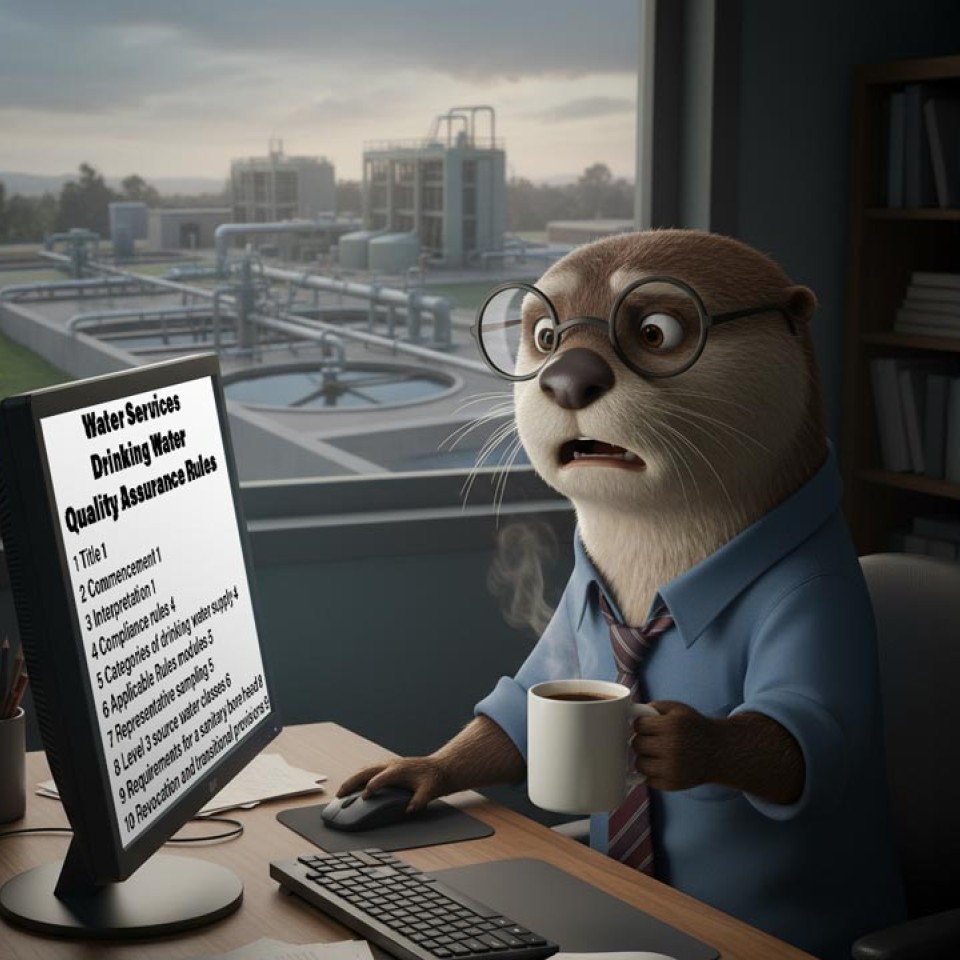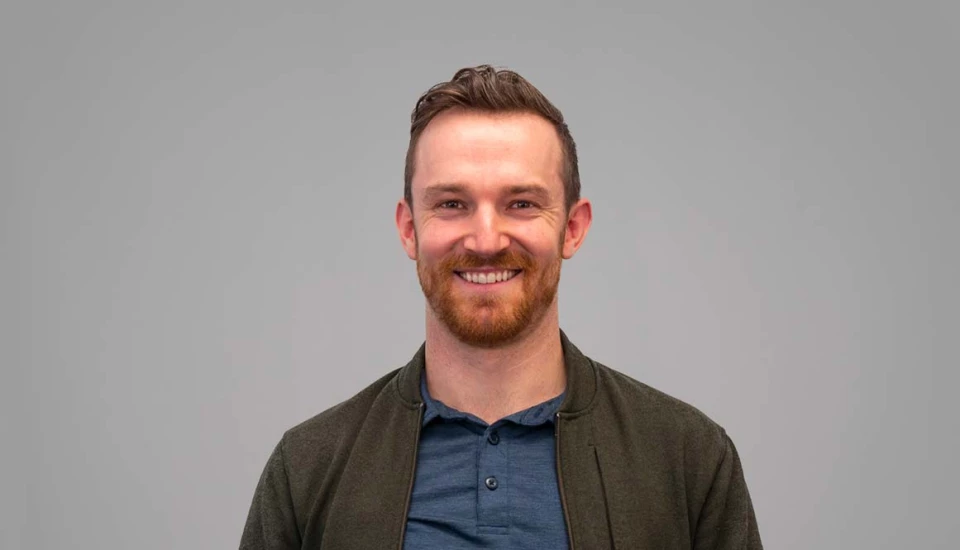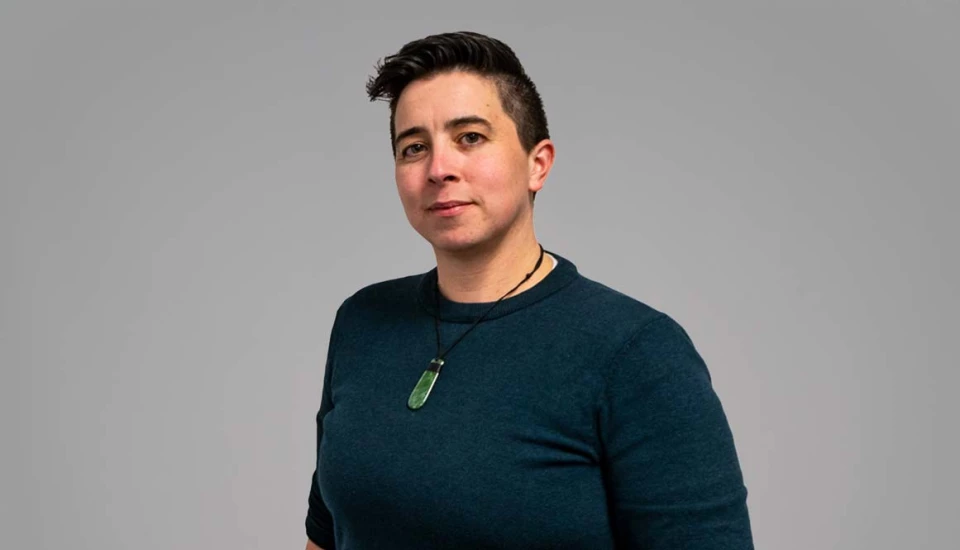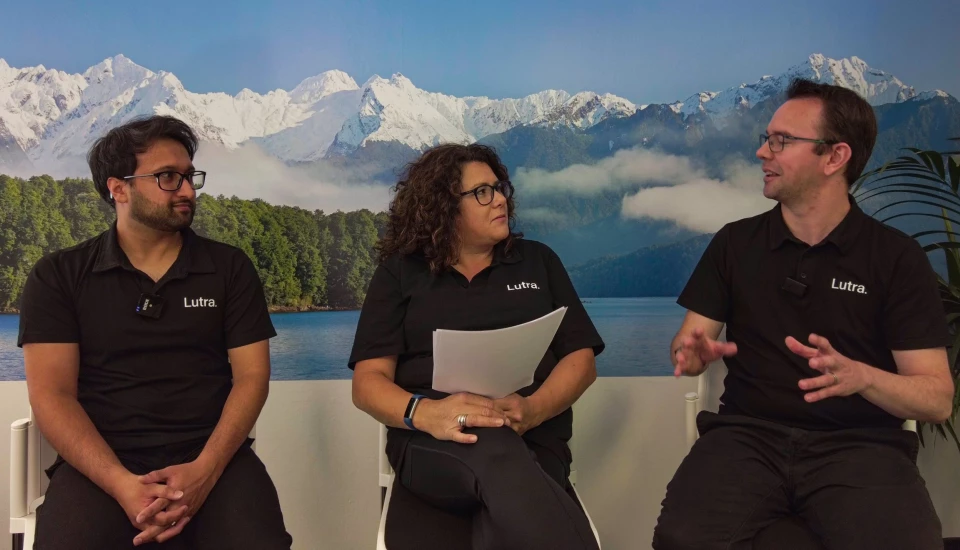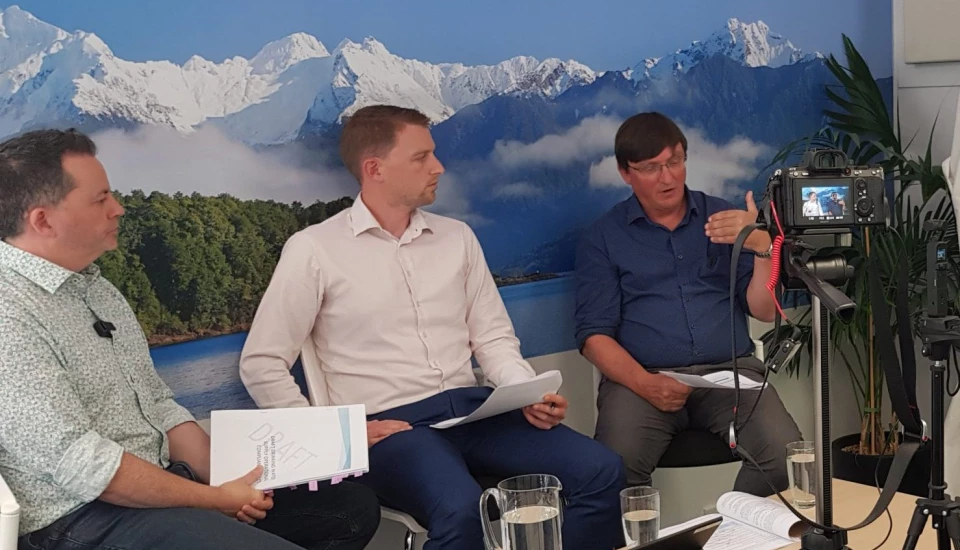The Rules They Are a Changing...
After changes to the rules for small and medium supplies, as well as the update to the acceptable solutions, it is now time for large supplies to have their rules updated. There will be big changes to the format to make it more logical and easier to understand, but there will also be a few significant changes to the rules. We had a look at the proposed changes and have made a list of rule changes you need to know about the proposed DWQAR Level 3 changes:
Watch the video here

New Source Water Classes and Viral Treatment Requirements
Currently, the S3 rules require classification of the source water into category 1 to 4. This will now change to category A to D. It’s not just changing numbers to letters, it’s introducing a completely new class A.
|
Class |
Change |
Description |
|
A |
New class |
Doesn’t require bacteria/virus or protozoa barrier. |
|
B |
Similar to Class 1 |
Requires bacteria/virus barrier, doesn’t require a protozoa barrier. |
|
C |
Similar to Class 4 |
Requires bacteria/virus barrier and protozoa barrier of 3-log. |
|
D |
Similar to Class 3 |
Requires bacteria/virus barrier and protozoa barrier of 4-log |
To be classified as a class A source, the source must meet the following criteria:
- Groundwater abstracted from a depth of greater than 30 metres below ground level (with depth measured from ground level to the top of the upper most screen), and abstracted via a sanitary bore head.
- No E. coli or total coliforms have been detected from monitoring over the previous three years with 12 samples taken per year evenly spaced over the year.
- An enteric viral indicator monitoring programme, including a written report prepared by an independent suitably qualified and experienced person, demonstrates that a health-outcome target of 1 enteric viral infection/10,000 people/year can be achieved and maintained for the supply.
The proposed update also provides interim status for Class A and B if there is a lack of monitoring data. Interim status can be held for up to 2 years.
Viral Treatment Rules
The proposed update includes viral treatment requirements. The viral treatment requirements have been combined with the bacterial treatment requirements and from a practical point of view there is no difference as there are no additional treatment processes required.
The proposed viral treatment rules do not follow a log reduction-based approach and a blanket treatment requirement has been set (e.g. 15 min.mg/L for chlorination, or 40 mJ/cm2 for UV disinfection).
All Sources Must be Chlorinated
What may seem contradictory to the new Class A, all treated water must be chlorinated. This is a requirement from the Water Services Act and is intended to provide a chlorine residual in the network.
As Class A sources do not require a bacteria/virus barrier, this practically means that Class A sources do not need to demonstrate a sufficient C.t value. Class B to D are required to demonstrate a sufficient C.t value if chlorine disinfection is elected to demonstrate bacteria and virus barrier compliance.
Certain Treatment Options Have Been Removed
The rules update proposes to remove the following processes from being able to demonstrate compliance:
- Bacteria/virus rules
- Chlorine dioxide
- Protozoa rules
- Coagulation without filtration [0.5-log]
- Coagulation with direct filtration [2.5-3.5-log]: 3.0-log and 3.5-log
- Second stage filtration [0.5-log]
- Slow sand filtration [2.5-log]
Please note that coagulation with direct filtration can still be used to demonstrate protozoal compliance but can only award 2.5-log credit.
The removed processes will affect some supplies necessitating treatment process upgrades to meet the protozoal log credit requirements.
Chemicals Now Require a Certificate of Analysis or a Certificate of Compliance
All chemicals added to a drinking water supply now require a certificate of analysis or a certificate of compliance. This certificate seeks to ensure any chemical added has a demonstrable purity and there is certainty about what is being added to the supply.
Another requirement is for water suppliers to prepare a schedule of all chemicals added in the process and monitor for the chemicals dosed and formed in the process (MAV).
Speak to Lutra about how we can assist with storing these in ID.
Updated Rules For Recycle Streams
Recycling waste streams to the head of the plant can currently be done not exceeding 10% of the plant inflow. It is proposed that the recycle stream (measured as the 30-minute rolling average recycle rate) can exceed 10% for the following time limits:
- >10% for up to 5% of the compliance period
- >15% for up to 15 minutes
This can be done as long as the downstream water quality is not detrimentally impacted. At the moment it is not defined what detrimentally impacted actually means and whether there will be a rule around this with clear limits.
Updated Requirements on Cyanobacteria/Toxin Risk
Any class C or D source must be assessed for cyanobacteria risk (low, medium or high) for both benthic and planktonic species (separately). This must be done by a qualified and experienced person and must also provide a risk analysis on when it is likely to be present.
If the cyanobacteria risk is classed as medium or high then the relevant species (benthic and/or planktonic) must be monitored and treated using a cyanotoxin removal process.
Final Thoughts
The proposed changes to the level 3 rules will bring some changes and some supplies will have to undertake upgrades to meet the proposed rules. From a legal perspective, many of the rules were not enforceable, the proposed format change seeks to improve this by making everything a rule.
The proposed changes are significant, and this list is only what I believe are the most noteworthy ones. The Pareto principle (The Pareto principle, or the 80/20 rule, states that roughly 80% of outcomes result from 20% of causes) applies to this list and the catch is in the detail. There have been many (smaller) changes, especially around monitoring rules, that will have impact and which I have not covered and that are aimed at simplifying the rules. To name a couple:
|
Topic |
Proposed Rule |
Current Rule |
|
Improving |
T3.BC.F1 Drinking water treated by (a) turbidity,— (i) after the outlet of the contact tank; or (ii) before the lime is dosed, where lime is |
T3.5 Turbidity of water leaving the treatment plant must be less
43 Where lime is used for post-treatment pH adjustment, |
|
Simplification |
T3.BV.U2 Drinking water treated by UV
Note the population limit of 5000 for |
T3.15 All water passing through the treatment plant must pass
Table 22 Parameters: UVT Where it needs to be monitored:
47 Does not apply to UV units certified to NSF/ANSI 55 (NSF, ANSI nd)for Class A systems (for populations of up to 5000) – 3-log. |
|
Practical |
T3.PZ.U7 UV units validated to USEPA (a) UVI and flow, if set-point dose (b) UVI, flow, and UVT, if calculated
|
Not specified |
Additionally, there is an increased requirement to have plans in place, e.g. chemicals plan, updated cyanobacteria/toxin management plans, water storage management plan etc. The rules do not dictate what content the plans must have in place, and it is to be seen whether guidance will be provided.
I encourage you to take your time to read through the proposed changes, and provide any feedback to Taumata Arowai. If you have any questions on how this may affect your supply, we’re happy to have a chat!

